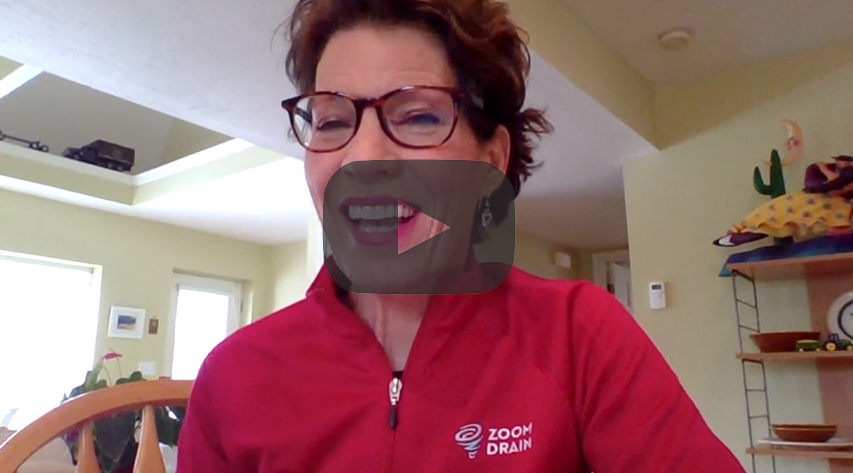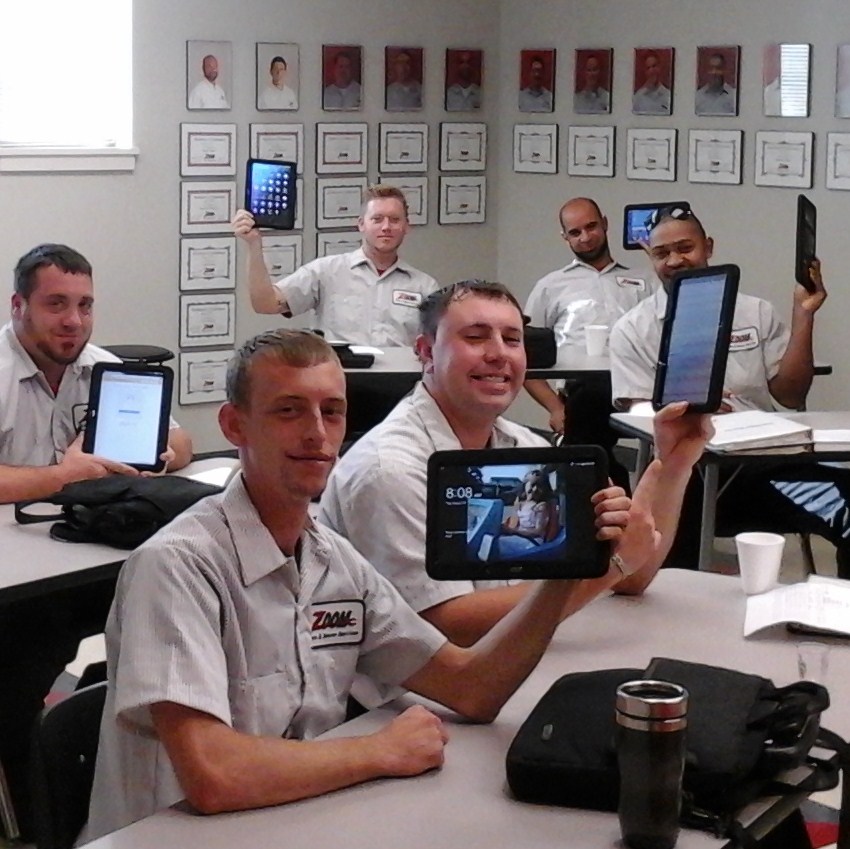 I’ve spent a lot of time over the last 20 years helping people clean up financial messes. The messy mess (the smelly smell for Sponge Bob fans) is payroll.
I’ve spent a lot of time over the last 20 years helping people clean up financial messes. The messy mess (the smelly smell for Sponge Bob fans) is payroll.
Payroll entries are complicated. There is the expense to you and the cash requirements and the amount you withhold, then submit, for payroll taxes for you and the employee. Add in reimbursements, advances and garnishments and, well, before you know it…it’s a mess. Here are a few tips for getting your Payroll accounts to right, and for staying current and accurate.
- Assemble the Bean Team, your bookkeeper and maybe your CPA. (If your CPA has a clue about basic accounting. Many don’t.) Go through your Balance Sheet and P&L line by line and make notes. Ask, “Is this right?” If so, how do you know? What’s the verifying information? If you know it’s wrong, find out what it should be. Be persistent. This is not an impossible task. Fix the easy ones first. Payroll is usually a bit balled up. If you make the easy fixes first, to get the other account balances right, you isolate the tricky accounts. You might save the Payroll accounts until you the other ones neatened up.
- What should the balances be? Based on what you have paid in wages and salaries, you can determine how much you should have paid – and recorded – for payroll tax, liabilities and other payroll related transactions.
- Adjust to right. And leave “breadcrumbs.” Breadcrumbs are notes in the memo line of the transactions. Whenever you make adjustments in your accounting systems, leave yourself clues. You may wonder what on earth you did later on. The memo notes will jog your memory and leave a good trail of evidence and thought process.
- Keep it right. Payroll is a multifaceted transaction. When you do payroll in-house, you must calculate the payroll and taxes due. Withholding calculators are great tools for this.
- A super simple Journal Entry to enter it is…
- Debit the expenses for Field Labor, Owners/Admin wages, and Payroll Taxes.
- Credit the Liability accounts on the Balance Sheet for Federal and State taxes for the employer and the employees.
- Credit cash for the net amount of the paychecks.
- Then, mark your calendar! You are responsible for paying the employer and the employee payroll taxes…right amounts, at the right time and to the right agency. At that time, you will…
- Debit the Liabilities.
- Credit cash for the payroll taxes due.
- This is essentially a do-able task. Except if you go on vacation or get sick or just forget. Ugh. And, the additional stuff that comes up, like garnishments
- A super simple Journal Entry to enter it is…
- Enlist a Payroll Service. The fee is nominal, especially when you consider the cost, frustration and time involved with a payroll audit. With a payroll service, you will enter the transaction with a check or a journal entry with information provided on the payroll report. You can also keep track of employee benefits to help you determine what you can offer and still make a profit. You don’t have to carry any liabilities because the payroll service pays your taxes every time they process the payroll! Easy peasy.
- DO have the Payroll Service representative help you assemble your Payroll Journal Entry. Or, have them help you line up your items and accounts to make sure your data entry is going in the right places. Keep your bookkeeper and CPA in the loop, too, so that you know you have the procedure nailed down.
- Note! This is a good time to get squeaky clean with your Payroll. Paying people “under the table” doesn’t make you wealthy. It gets you in trouble. No judgment here…only love. It’s time to tighten up your systems. Also, if you are offering advances to your team members, stop doing that. It doesn’t help them and it costs you to keep track and keep it right. Instead, you might work through a debt reduction plan together.
- Streamline the entry. You don’t need separate accounts on your P&L for vacation, bonus, sick days, etc. You can always look at the time sheets or the Payroll Reports for detail. Lump Gross Wages together for the COGS for Field Labor. Lump Owners/Admin team together in the overhead section of your P&L. And lump ALL Payroll taxes together in the overhead section. This is good enough! And it’s much easier to be accurate when you keep it simple. Remember…the detail can be found in the Payroll Service reports and the time cards.
- Write the Procedure! You and your bookkeeper can take turns entering the transactions while the other one writes it down. Nice! Then, you and your bookkeeper can go on vacation once in a while and someone else can enter Payroll.
There’s more to the process, however this is a solid start. So, gather your Bean Team and get going. Whoohoooo! I love helping you make more money and have more fun in your business!!
















